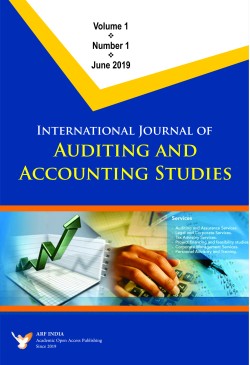Every company needs to manage its inventories efficiently to accomplish its objectives. This study examined that relationship in order to determine how inventory management affects company performance in the Ethiopian public sector. The cornerstone of this study is the descriptive and explanatory research designs. Both primary and secondary sources were used to collect the data. The surveys were distributed to 186 randomly selected respondents, 170 of whom completed and returned them, for a response rate of 91%. The data was analysed using SPSS version 20, and both descriptive and inferential statistics, such as correlation and multiple regressions, were given. The research found problems with bureaucratic recordkeeping, documentation, and purchasing procedures as well as a dearth of information communication technology for inventory management. The correlation finding also shows a strong and positive relationship between inventory management and organisational success. According to the findings of multiple regression analysis, the effectiveness of an organisation is significantly influenced by a number of variables, including inventory utilisation, cumbersome procurement procedures, documentation and record keeping, staff knowledge and skills, inventory accuracy, and information and communication technology. The researcher also counsels the bureau’s management to support efficient organisational inventory management by ensuring quick bureaucratic procurement procedures, good documentation and record keeping, use of adequate information communication technology, development of staff skills, and training of employees.
Keywords: Inventory Management, Organizational Performance, Bureaucratic Procurement Procedure, Documentation and Record Keeping, Staff Skill and
Information Technology, Inventory Facilities.
Gemachis Debala, Shagufta Tariq Khan & Mohd Abass Bhat (2022). Inventory Management and Organizational Performance: Evidence from Ethiopian Public Sector Organizations. International Journal of Auditing and Accounting Studies. 4(2), 231-247.
